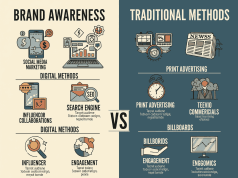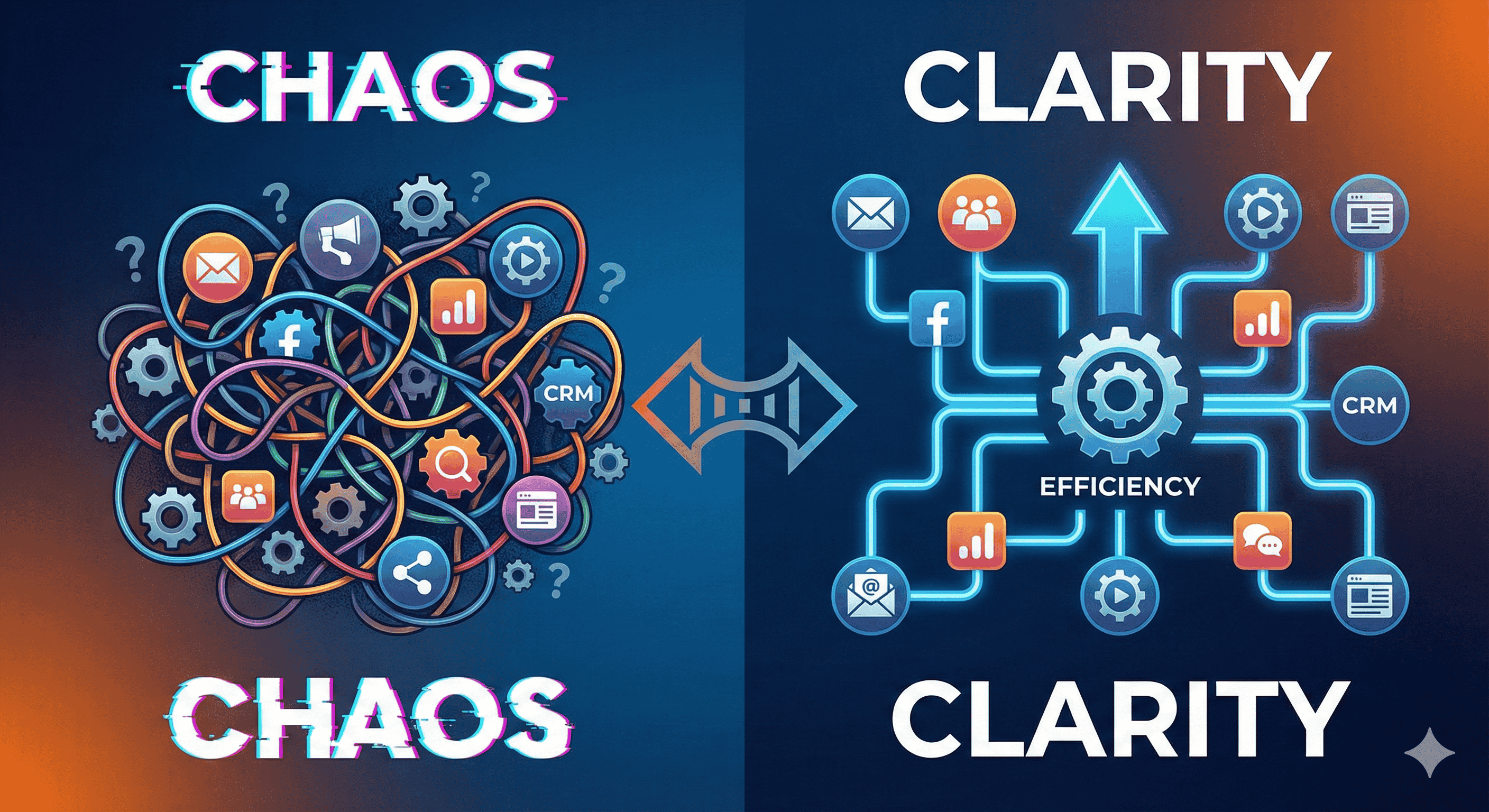In today’s fast-paced digital landscape, capturing and retaining audience attention is more crucial than ever. Brands must leverage visual communication effectively to stand out in a crowded marketplace. Infographics and strategic design play pivotal roles in enhancing brand recognition, conveying messages efficiently, and fostering connections with target audiences.
The Power of Visual Communication
Cognitive Impact of Visuals
Research indicates that the human brain processes visuals 60,000 times faster than text. This remarkable capability underscores the importance of incorporating visuals into branding strategies. Infographics, illustrations, and well-curated design elements can mimic the storytelling aspect of traditional media while offering an immediate impact that resonates with viewers.
Creating Memorable Experiences
Visuals help create memorable experiences, engaging audiences on an emotional level. Brands that utilize compelling graphics are more likely to be remembered. When individuals encounter a distinct visual identity, they form associations that can lead to brand loyalty.
Infographic Strategies for Brand Recognition
1. Simplified Data Presentation
Infographics condense complex information into digestible visuals, making it easier for audiences to understand and engage. When designing infographics, prioritize clarity. Break down data using charts, icons, and relevant images, guiding viewers through the narrative without overwhelming them.
2. Consistent Branding Elements
To build brand recognition, ensure that all infographics align with your brand’s visual identity. Utilize consistent color palettes, typography, and logo placement. Consistency fosters recognition and reinforces brand identity across various platforms.
3. Tell a Story
Effective infographics often tell a story. Structure your content to lead the viewer through an informative journey. Start with a hook, followed by key insights, and culminate with a strong conclusion or call to action. Storytelling enhances engagement and retention.
4. Leverage Social Media
Infographics are highly shareable, making them a perfect fit for social media. When disseminating your infographic, consider platform-specific adaptations. For instance, Instagram thrives on captivating visuals, while LinkedIn audiences may appreciate more data-driven content. Tailoring your approach increases the likelihood of engagement and shares.
Design Strategies for Enhanced Recognition
1. Color Psychology
Color significantly influences perception and emotions. Different colors evoke different feelings and associations. For example, blue often conveys trust, while yellow exudes optimism. Choose a color palette that aligns with your brand’s values and resonates with your target audience.
2. Typography Matters
Typography not only affects readability but also conveys personality. Select fonts that reflect your brand’s identity. A tech brand may lean towards sleek, modern fonts, while a vintage brand might choose ornate, classic styles. Consistency in typography across all materials reinforces recognition.
3. Unique Visual Elements
Incorporate unique visual elements such as custom illustrations or icons to set your brand apart. These elements become identifiers, making your visuals instantly recognizable. Whether it’s a distinctive logo or a particular illustration style, uniqueness enhances memorability.
4. White Space for Impact
Effective use of white space can significantly elevate a design. It allows for better readability, draws attention to essential elements, and creates a clean, professional appearance. Avoid cluttering designs with excessive elements; simplicity often leads to stronger brand impressions.
Measuring Impact and Adjusting Strategy
1. Analytical Tools
Utilize analytics to gauge the effectiveness of your visual strategies. Track engagement metrics such as shares, likes, and comments to determine what resonates with your audience. Tools like Google Analytics can provide insights into how infographics contribute to website traffic and conversions.
2. Feedback Loops
Solicit feedback from your audience to refine your visual strategies. Conduct surveys or maintain active social media dialogues to understand audience preferences. Adaptation based on feedback fosters deeper connections and enhances brand resonance.
Conclusion
In an era where visual communication reigns supreme, leveraging infographics and design strategies is essential for brand recognition. By employing tactics such as storytelling, consistent branding, and analytical assessments, brands can create a powerful visual identity that captures attention and fosters enduring connections. Prioritizing visual impact enables brands to navigate the complexities of the digital landscape, ensuring they stand out and leave a lasting impression.









